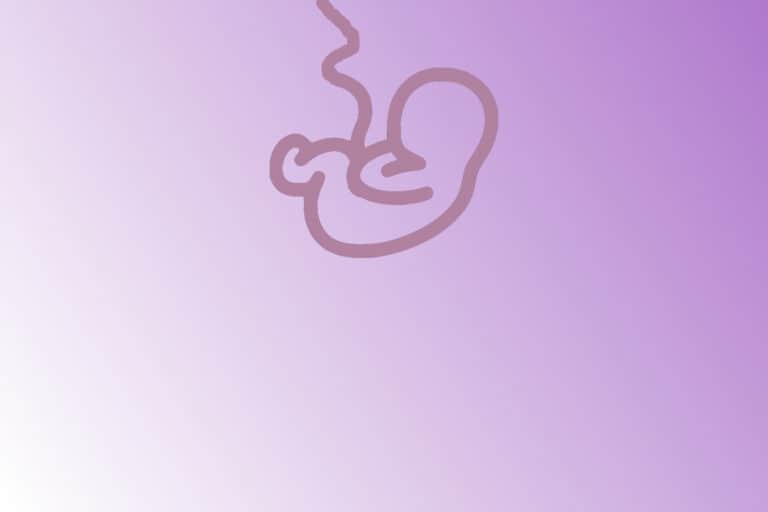Seizures
There is a number of different types of seizure activity in newborns.
Seizure types
- subtle seizures (grimace, blinking, yawning, salivation, cycling, apnea)
- myoclonus
- clonic seizures (unifocal, multifocal)
- tonic seizures (generalized hypertonia, decerebration-like posture, growling, apnea, bulbar deviation)
Etiology
- congenital CNS malformations
- hypoxic-ischemic encephalopathy (HIE)
- intracranial hemorrhage (intraventricular, subdural hemorrhage)
- meningitis, encephalitis
- medication
- hypoglycemia, hyponatremia, hypocalcemia
- bilirubin encephalopathy
- inherited metabolic disorders
- neonatal abstinence syndrome
Diagnosis
Clinical signs
- neurological examination (see neonatal examination)
Laboratory findings
- glycemia
- electrolytes (sodium, calcium, magnesium, potassium)
- inflammatory markers (CRP, procalcitonin, interleukin 6)
- cerebrospinal fluid
Imaging
- cranial ultrasound
- MRI of the brain
- EEG
Therapy
General
- ventilation and circulation stabilization (apneas)
- electrolyte and glycemia normalization
Specific
- anticonvulsants (anti-epileptic drugs)
- phenobarbitone (loading dose 20 mg/kg i.v. over 20-30 minutes, can be repeated)
- phenytoin
- midazolam
References
① Vasudevan C, Levene M. Epidemiology and aetiology of neonatal seizures. Semin Fetal Neonatal Med. 2013;18(4):185-191. doi:10.1016/j.siny.2013.05.008



